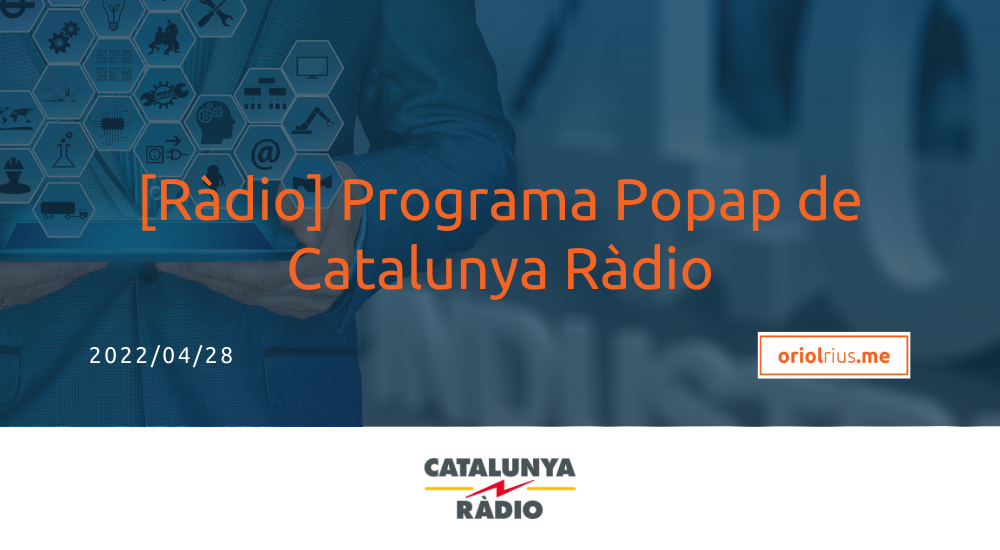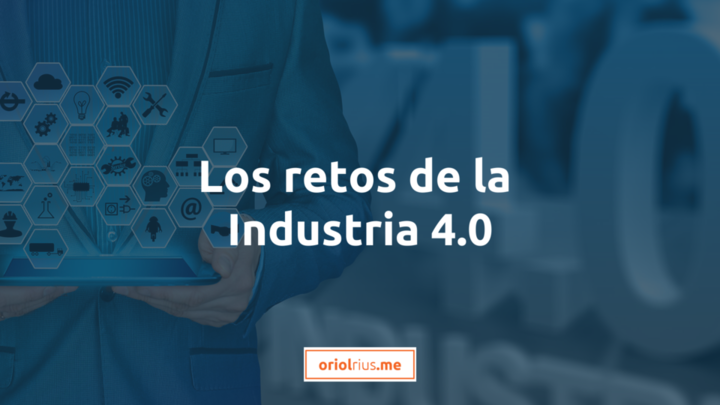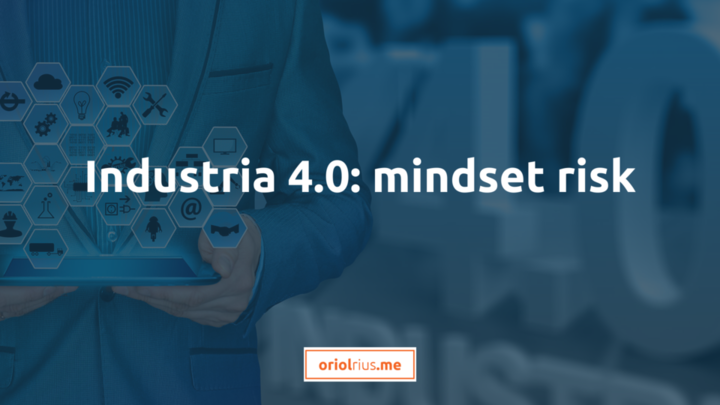Convergence between IT and OT
In nature, when two rivers converge, a new one is formed. It is not a simple addition of 1+1, it is a new element, with a concrete entity.
Just as when two colors are mixed, such as blue and yellow, a new color is created: green.
By now I don’t think you’ve realised what I’m talking about.
But I’m sure you can imagine that I will be talking about the union of two concepts from the Industry 4.0 environment.
Indeed.





